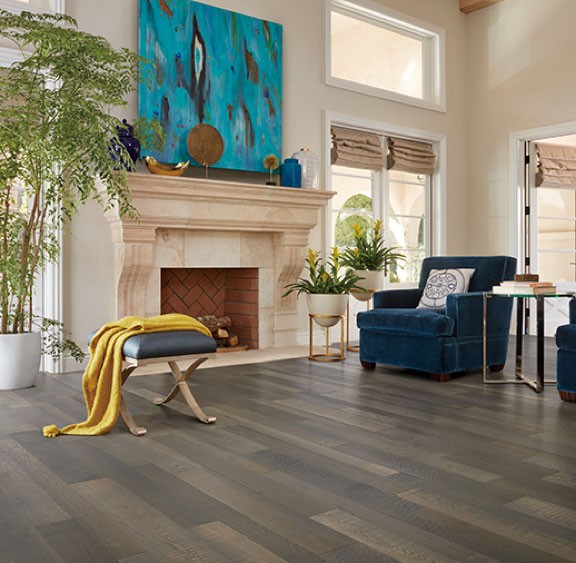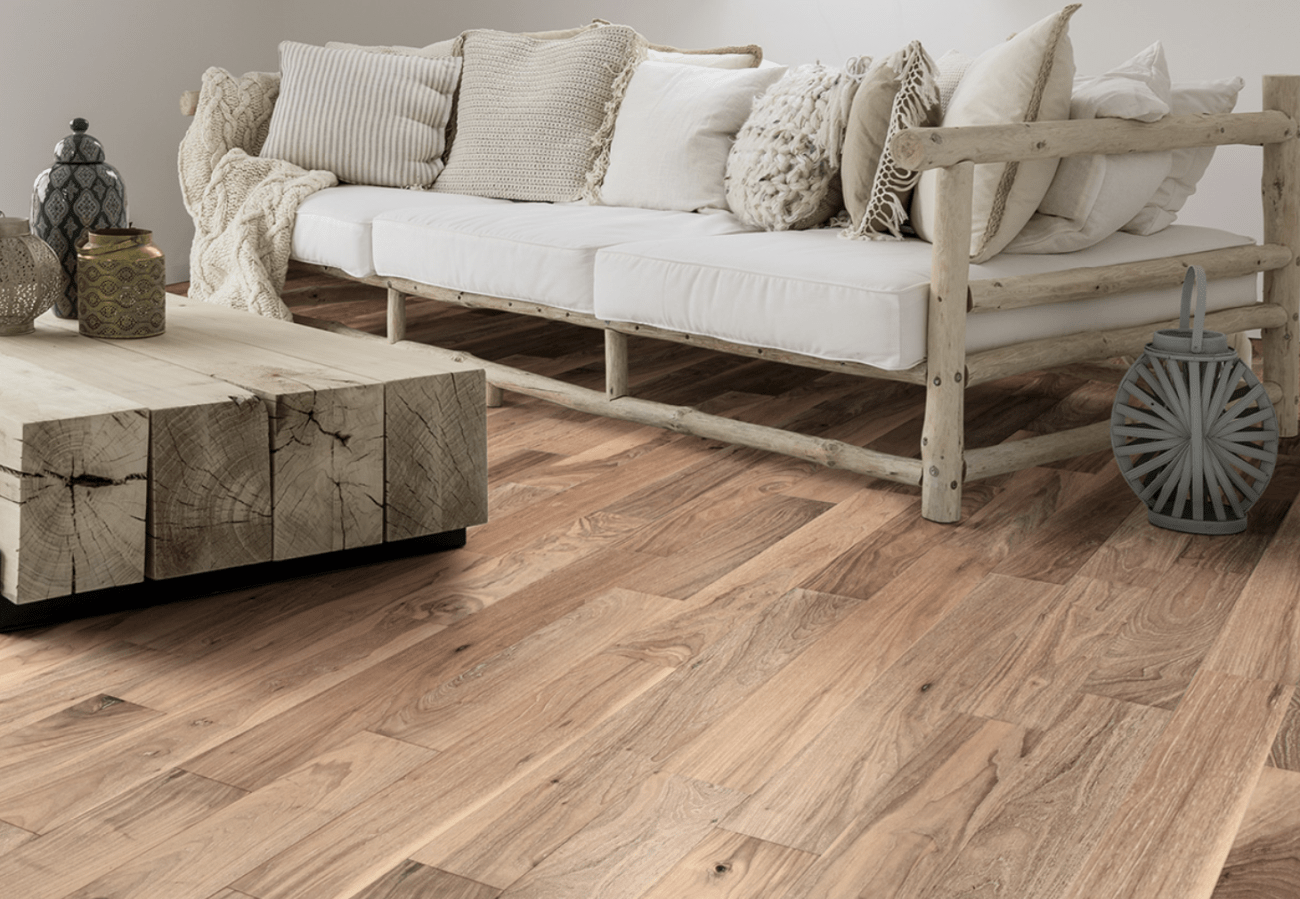When you spot a problem with your hardwood floors, the first thing you do is look for a solution. However, the answer is going to be short-lived if you don’t also uncover the reason behind the problem. Cupping, warping, and cracking hardwood floors are usually the result of temperature changes and water damage. A termite infestation could also cause it.
Termite damage to hardwood floors
There are three types of termites that a homeowner should be aware of, subterranean, drywood, and dampwood termites. They all have different calling cards, but since the signs are so similar to those that come from moisture damage or fluctuations in temperature, many homeowners never think to look for termites. Each type of termite also has a wood preference. Some like hardwood, some like softwood, and others love rotten wood.

Make sure the wood you bring in for a cozy fire isn’t infested with termites.
Signs of a Termite Infestation
Unfortunately, termites don’t announce their arrival. By the time you realize you have termites, you’ve already noticed problems with your floors and other wood items in your home. Each termite has a unique style. So, the silver lining of a termite problem is quickly identifying the type of termite you have.
Subterranean
The damage caused by subterranean termites mostly resembles that of moisture damage. Subterranean termites will even exude a mildew-like smell that homeowners assume is a sign of water damage, not a pest infestation. As the name would imply, these termites tend to live underground, which tends to have a higher moisture content. If your basement floors are buckling and warping, but you can’t spot a leak or a reason for moisture damage, the problems could be a subterranean termite infestation.
Subterranean termites prefer softwood, so consider that when you choose floors for your below-grade and basement floors.
Drywood
Termites will work from the inside out, hollowing out the wood as they dig little tunnels and build their nest. The first signs may be a change in the sound your floors are making. Noticing a more hollow sound as you walk on your floors could be a sign of termites. You should also listen for creaking and squeaking as the termites weaken your floors. As they work through the wood, the termites will also leave behind tiny grains of sand, which are a telltale sign that you have a termite problem.
As the floorboards are hollowed out, they may start to crack, both with and against the grain. Sudden changes in indoor temperatures could cause wood floors to dry out and crack, but make sure you check for termites so you can adequately solve the problem.
Dampwood

Signs of a termite infestation can sometimes look like moisture damage.
The last type of termite is the dampwood termite, and, you guessed it, they love damp wood. A dampwood termite infestation is typically a side-effect of a moisture problem. If you’ve had water damage that’s gone untouched for a while, the wet and rotting wood could be attractive for the damp wood termites who will move in quickly. If you are fixing up a home that has suffered significant water damage, make sure you check for termites and take proper steps to treat the problem.
Termite Prevention
The best way to prevent a termite infestation is to keep a consistent indoor climate, and always check every wooden item that you bring into the home. Many times, homeowners carry the termites into their homes unsuspectingly. Wood brought in for a cozy winter fire, a new wooden piece of furniture, or water damage that has gone unnoticed. Whether it’s your floors, your walls, or wood support beams, termites can cause severe damage in a short amount of time.
Once you have had a professional assess and treat the termite problem, you can call our hardwood flooring experts to talk about how to repair your hardwood floors.

